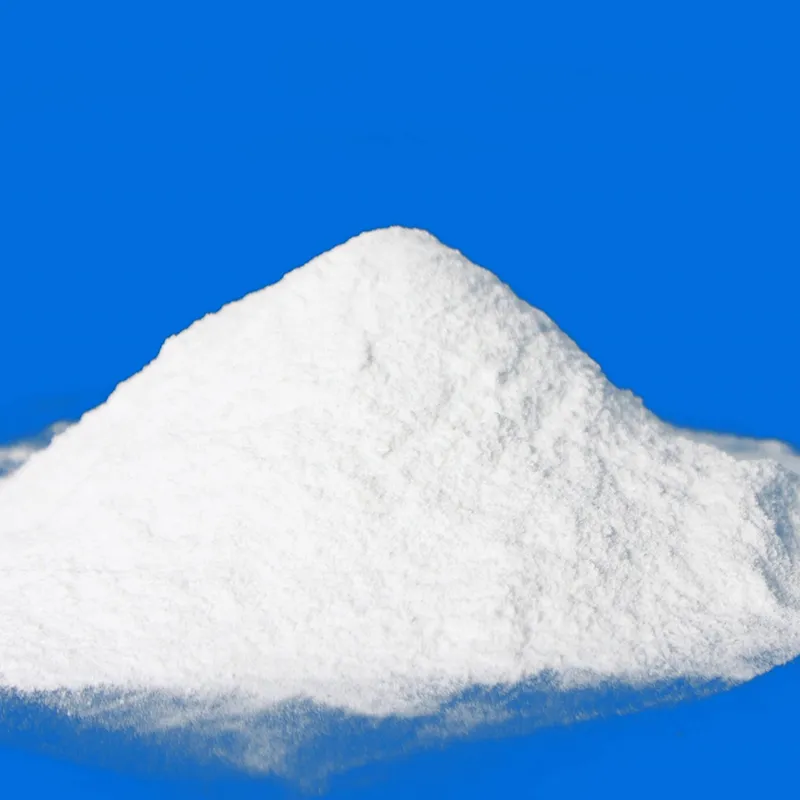
formic acid methanol
Formic Acid and Methanol A Study of Their Interactions and Applications
Formic acid, known chemically as methanoic acid, is the simplest carboxylic acid. Its molecular formula is \( \text{HCOOH} \), consisting of a carboxyl group (-COOH) attached to a hydrogen atom. It is a colorless liquid with a pungent odor and is highly soluble in water, making it an important compound in various chemical processes. Methanol, or wood alcohol, is another crucial chemical with the formula \( \text{CH}_3\text{OH} \). It is a light, volatile liquid that is also colorless and has a slightly sweet odor.
Both formic acid and methanol play significant roles in industrial applications, but their interactions and potential reactions are particularly noteworthy. Understanding how these two chemicals work together can pave the way for innovations in multiple sectors, including pharmaceuticals, agriculture, and energy.
Chemical Properties and Reactions
One of the key reactions involving formic acid and methanol is the esterification process. When formic acid reacts with methanol in the presence of an acid catalyst, formic acid methyl ester (also known as methyl formate) is produced. The reaction can be expressed as follows
\[ \text{HCOOH} + \text{CH}_3\text{OH} \rightleftharpoons \text{HCOOCH}_3 + \text{H}_2\text{O} \]
This process is an equilibrium reaction, and as such, various factors such as temperature, pressure, and the concentration of reactants can affect the yield of the product. Methyl formate has applications as a solvent, a chemical intermediate, and as a component in the production of biodiesel, thus making the reaction between formic acid and methanol commercially significant.
formic acid methanol

Environmental and Industrial Significance
The combination of formic acid and methanol also has implications for the development of environmentally friendly fuels. Both chemicals can be used in the synthesis of biofuels, offering a renewable alternative to traditional fossil fuels. The use of these compounds can help mitigate greenhouse gas emissions, addressing climate change concerns while promoting sustainable energy sources.
Additionally, formic acid serves as an important intermediate in the synthesis of various chemical compounds. It is used in the leather industry for tanning, in agricultural applications as a preservative and an acidifying agent, and in the textile industry. Methanol serves as a precursor for the production of formaldehyde, which is widely used in the manufacture of plastics, resins, and textiles.
Safety and Handling
Despite their usefulness, both formic acid and methanol come with safety concerns. Formic acid is classified as a corrosive substance that can cause irritation to skin, eyes, and respiratory system. Appropriate precautions must be taken when handling the chemical, including the use of personal protective equipment (PPE). Methanol is also toxic; ingestion, inhalation, or dermal exposure can lead to severe health consequences, including metabolic acidosis, blindness, and potentially death. Therefore, industries that utilize these compounds must ensure strict adherence to safety protocols.
Conclusion
The study of formic acid and methanol reveals a complex yet fascinating interplay that has far-reaching implications in various industries. From their role in chemical synthesis and fuel production to their environmental significance, these chemicals continue to be subjects of research and development. With the ongoing need for sustainable practices and innovative chemical solutions, understanding and optimizing the interactions between formic acid and methanol presents numerous opportunities for advancement. As industries evolve and adapt to emerging technologies, the role of these two compounds will undoubtedly continue to grow, paving the way for a greener and more efficient future.
-
The Safety Challenges of Ammonium Nitrate FertilizerNewsJun.26,2025
-
The Critical Role of Mining ChemicalsNewsJun.26,2025
-
Shelf Life of Glacial Acetic Acid Food GradeNewsJun.26,2025
-
Enhancing PVC Longevity with 1,2,3-Benzotriazole InnovationsNewsJun.26,2025
-
China’s Dominance in Food Additive ProductionNewsJun.26,2025
-
Can Aluminum Hydroxide Replace More Toxic Alternatives?NewsJun.26,2025
-
PE and PP Plastics with Benzotriazole AdditivesNewsJun.12,2025
Hebei Tenger Chemical Technology Co., Ltd. focuses on the chemical industry and is committed to the export service of chemical raw materials.
-

view more DiethanolisopropanolamineIn the ever-growing field of chemical solutions, diethanolisopropanolamine (DEIPA) stands out as a versatile and important compound. Due to its unique chemical structure and properties, DEIPA is of interest to various industries including construction, personal care, and agriculture. -

view more TriisopropanolamineTriisopropanolamine (TIPA) alkanol amine substance, is a kind of alcohol amine compound with amino and alcohol hydroxyl, and because of its molecules contains both amino and hydroxyl. -

view more Tetramethyl Thiuram DisulfideTetramethyl thiuram disulfide, also known as TMTD, is a white to light-yellow powder with a distinct sulfur-like odor. It is soluble in organic solvents such as benzene, acetone, and ethyl acetate, making it highly versatile for use in different formulations. TMTD is known for its excellent vulcanization acceleration properties, which makes it a key ingredient in the production of rubber products. Additionally, it acts as an effective fungicide and bactericide, making it valuable in agricultural applications. Its high purity and stability ensure consistent performance, making it a preferred choice for manufacturers across various industries.











